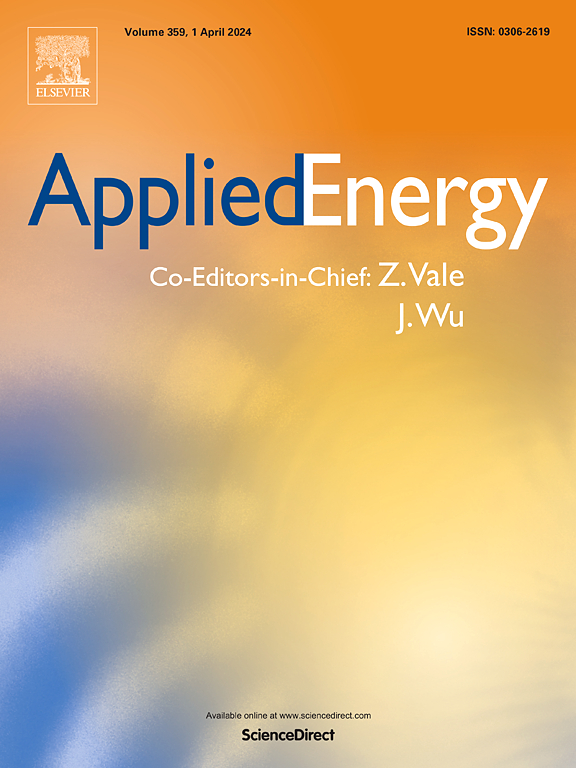Near real-time machine learning framework in distribution networks with low-carbon technologies using smart meter data
IF 10.1
1区 工程技术
Q1 ENERGY & FUELS
引用次数: 0
Abstract
The widespread adoption of low-carbon technologies, such as photovoltaics, electric vehicles, heat pumps, and energy storage units introduces challenges to distribution network congestion and power quality, particularly raising concerns about voltage stability. Enhanced voltage visibility in low-voltage networks is increasingly vital for active grid management, making efficient voltage forecasting tools essential. This study introduces a novel data-driven approach for forecasting node voltages in low-voltage networks with high penetration of low-carbon technologies. Using time series of power measurements from smart meter data, the study integrates an Extreme Learning Machine with the Single Candidate Optimizer to enhance computational efficiency and forecasting accuracy. The model is validated using smart meter datasets from two different low-voltage networks with low-carbon technologies and is compared with several established machine learning models. The results demonstrate that the optimization algorithm significantly improves the tuning of model parameters, achieving up to a 17-fold reduction in computation time compared to the fastest metaheuristic methods implemented. The proposed model demonstrated superior accuracy, with an average voltage deviation of 0.56%. Although the computation time per node achieved is not yet suitable for real time applications, the study shows that the optimization method significantly improves the performance of the forecasting tool.
求助全文
约1分钟内获得全文
求助全文
来源期刊

Applied Energy
工程技术-工程:化工
CiteScore
21.20
自引率
10.70%
发文量
1830
审稿时长
41 days
期刊介绍:
Applied Energy serves as a platform for sharing innovations, research, development, and demonstrations in energy conversion, conservation, and sustainable energy systems. The journal covers topics such as optimal energy resource use, environmental pollutant mitigation, and energy process analysis. It welcomes original papers, review articles, technical notes, and letters to the editor. Authors are encouraged to submit manuscripts that bridge the gap between research, development, and implementation. The journal addresses a wide spectrum of topics, including fossil and renewable energy technologies, energy economics, and environmental impacts. Applied Energy also explores modeling and forecasting, conservation strategies, and the social and economic implications of energy policies, including climate change mitigation. It is complemented by the open-access journal Advances in Applied Energy.
 求助内容:
求助内容: 应助结果提醒方式:
应助结果提醒方式:


